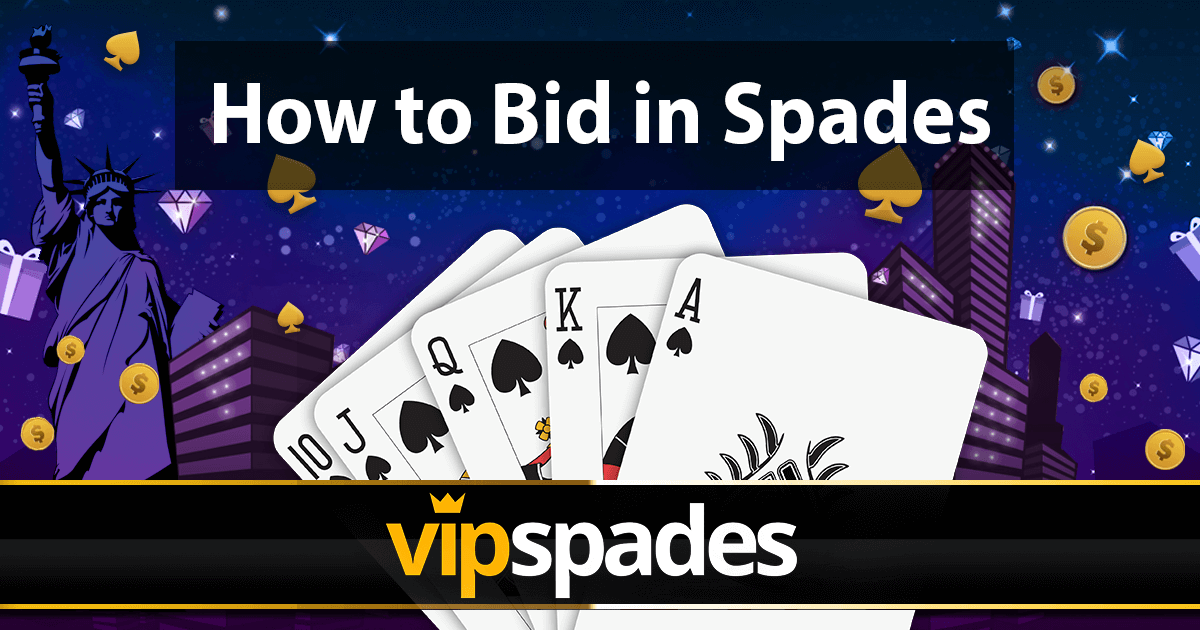


The other side then agrees on a bid in the same manner. The agreed upon bid is then written down. For example you are allowed to say "I know I can take 4 tricks, I might be able to take 6" you are not allowed to say "I have a couple of high hearts and a singleton in clubs". A certain amount of unspecified bantering about "halves" and "maybes" is permitted, but not specific information about cards held. Each partner on that side communicates the amount of tricks they expect to take, based on their cards. First the non-dealer’s side agrees on a bid. In is important to realize that in Spades both sides’ bids stand (it is not like other bidding games in which only the higher bid counts). The BiddingĮach partnership must make a bid, which is the number of tricks they expect to take. The cards are shuffled and then dealt singly, in clockwise order beginning with the player on dealer’s left, until all 52 cards have been dealt and everyone has 13. The first dealer is chosen at random, and the turn to deal rotates clockwise. The cards, in each suit, rank from highest to lowest: A, K, Q, J, 10, 9, 8, 7, 6, 5, 4, 3, 2. Rank of CardsĪ standard pack of 52 cards is used. The four players are in fixed partnerships, with partners sitting opposite each other. Many variations have been added, contributed by John Hay, Daniel Hines, and others. The following rules rely originally on contributions from Theodore Hwa, Dennis J Barmore (4 player game) and Szu Kay Wong (3 player game).


 0 kommentar(er)
0 kommentar(er)
